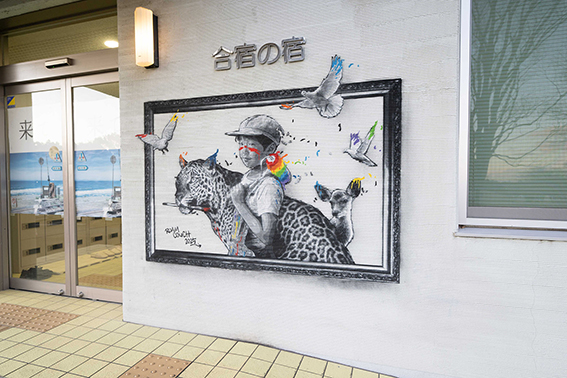

Seitaro Yamazaki Newsletter February 20, 2025
Hi, I’m Seitaro Yamazaki.
The Yohaku Art Fair Fukushima Hirono has officially wrapped up! While there are still a few final tasks to handle, I want to take a moment to sincerely thank everyone who made this event possible.
The fair took place at Futatsunuma Park—specifically at the “Training Lodge,” “Seimeikan,” and “Park Gallery” in Hirono Town. Huge thanks to Hirono Town Promotion Corporation, Hirono Town, the Hirono Town Chamber of Commerce, Hirono Town Tourism Association, Fukushima Prefecture, the Embassy of Ukraine in Japan, and our generous sponsors: San-ai Kasei Shoji Co., Leap Inc., TalkEye Inc. (led by Ryota Sano), Orimo Seisakusho, Adviser Builman Inc., and Hatago Inn Fukushima Hirono. Your support turned this vision into reality!
This project was made possible through the support of the Ministry of Economy, Trade, and Industry’s “HAMA CONNECTED” program, which promotes regional engagement through video arts and culture. A big thank-you to the HAMA CONNECTED team and Yamaide Art Office for their valuable advice.
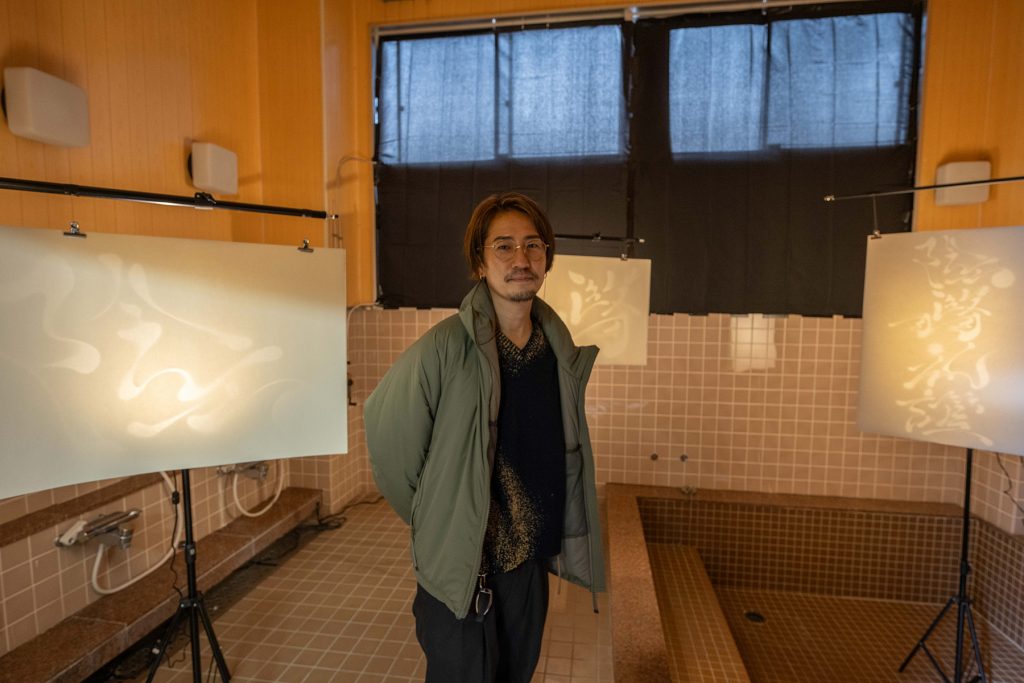
Now that the formalities are out of the way, let’s get into the heart of it!
The Yohaku Art Fair was designed as a pilot program—a kind of test drive for what future art events could be. In the world of television, a “pilot” is a trial episode to gauge audience reactions. But the term originally comes from maritime navigation, where a pilot guides ships through tricky waters. That meaning resonates with me because this event was about navigating new creative territory.
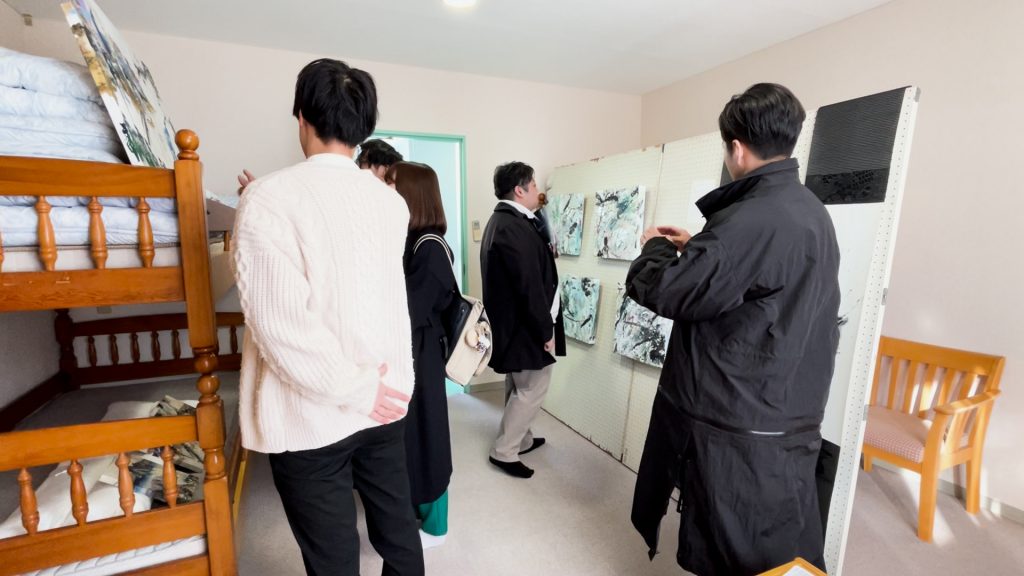
Looking back, we faced many hurdles:
・Lack of Experience: Seitaro Design, my company, had never hosted an art fair before.
・A New Concept for the Region: While contemporary art exhibitions have taken place in Fukushima’s coastal region, this was likely the first time it was presented as something to purchase, not just view.
・Unique Venues: Our exhibition spaces weren’t typical galleries or museums—they were lodges, tea rooms, and community center lobbies.
・Accessibility: Hirono isn’t easy to reach from Tokyo—or, honestly, from most places in Japan.
But for three intense months, we poured our hearts into turning those challenges into opportunities. The question driving us was: How can we create an art fair that artists, locals, and we ourselves feel was truly worth it?
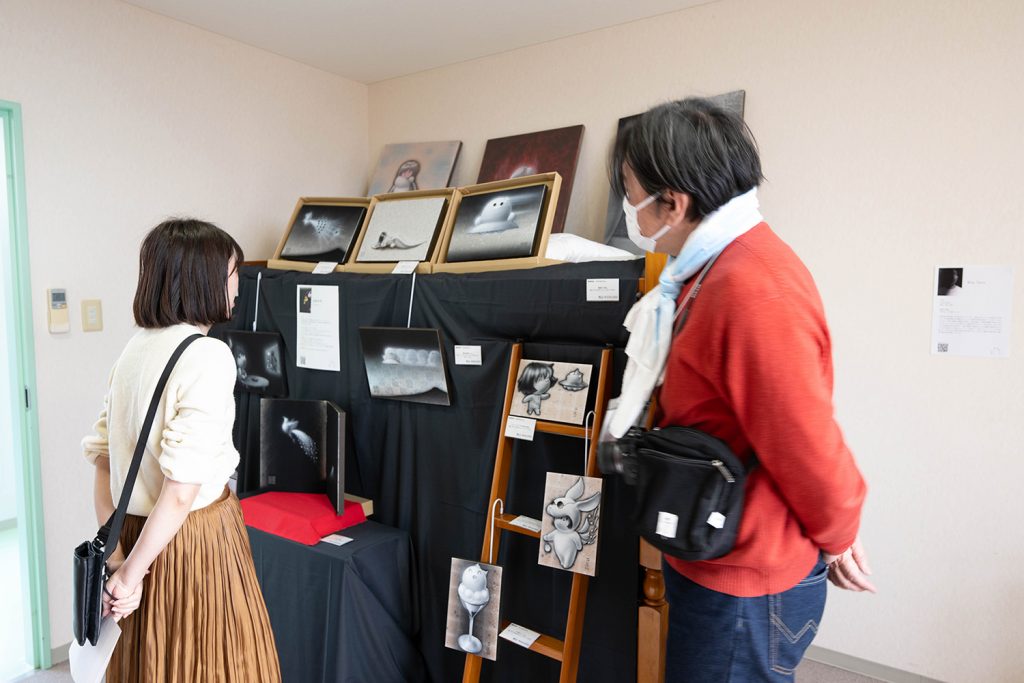
My top priority was ensuring that the artists’ passion was fully on display.
Contemporary art often gets a reputation for being cool and detached. But the truth is, most artists create from a place of deep passion and raw energy. I wanted that energy to fill every corner of the fair.
Typically, in juried exhibitions, artists must stick to the pieces they submitted during the application process. It’s standard practice, ensuring curators control the show’s theme. But we did things differently. We extended the deadline for finalizing artworks right up to the last possible moment—almost to the point where our insurance coverage deadlines became a problem! We wanted artists to bring their current passions into the space, not just their pre-submitted works.
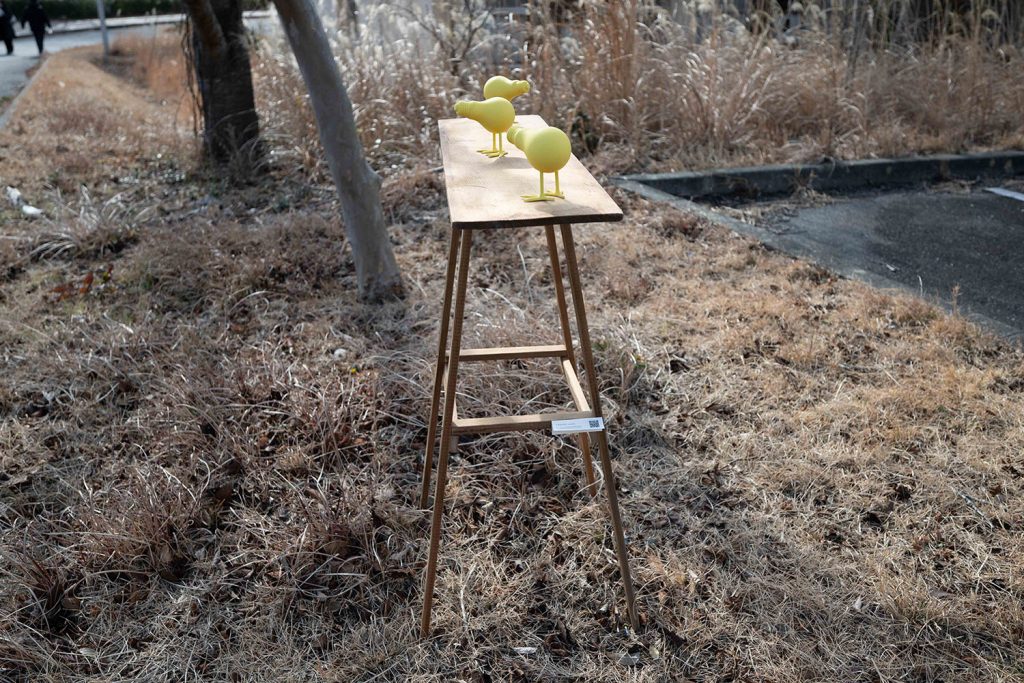
We also handed artists the reins in designing the exhibition spaces. Rather than dictating every detail, we encouraged them to collaborate, negotiate, and create their displays together. This approach fostered a collective spirit and resulted in deeply personal, creatively charged exhibition spaces. The rooms overflowed with artistry, care, and a shared sense of community—a truly magical outcome.
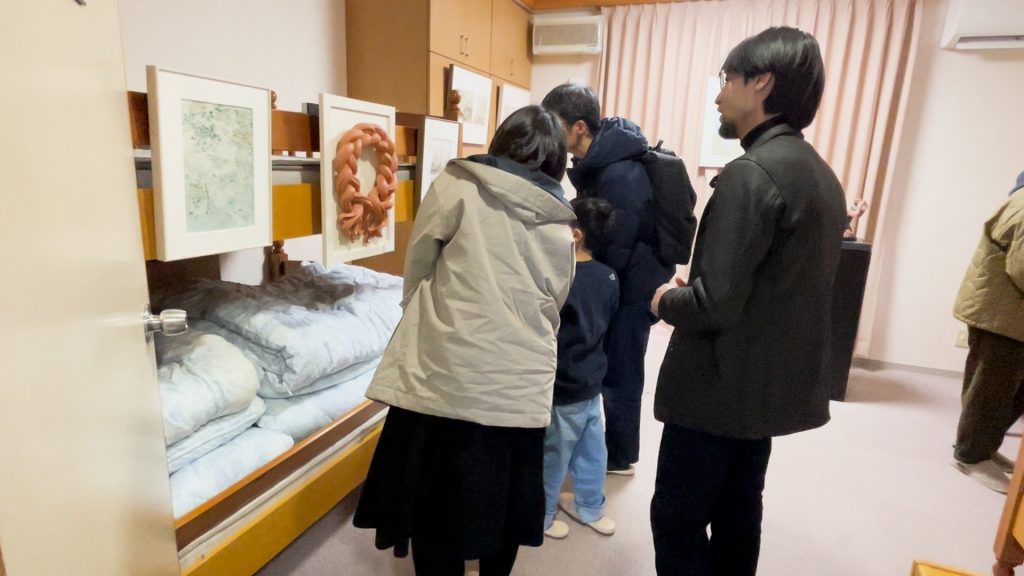
Most contemporary art is displayed in stark, white-walled rooms—known as the “white cube” style—a concept solidified by the Museum of Modern Art (MoMA) in the 1930s. But older institutions like the Louvre or Prado embrace their historic interiors, blending art with a sense of place.
A “white cube” wasn’t realistic for Hirono. So, we embraced our unique spaces—lodges, tea rooms, and public halls—filling them with the artists’ raw energy, dreams, and creative spirit. You could call it a kind of “social sculpture”—art that lives through collective experience.
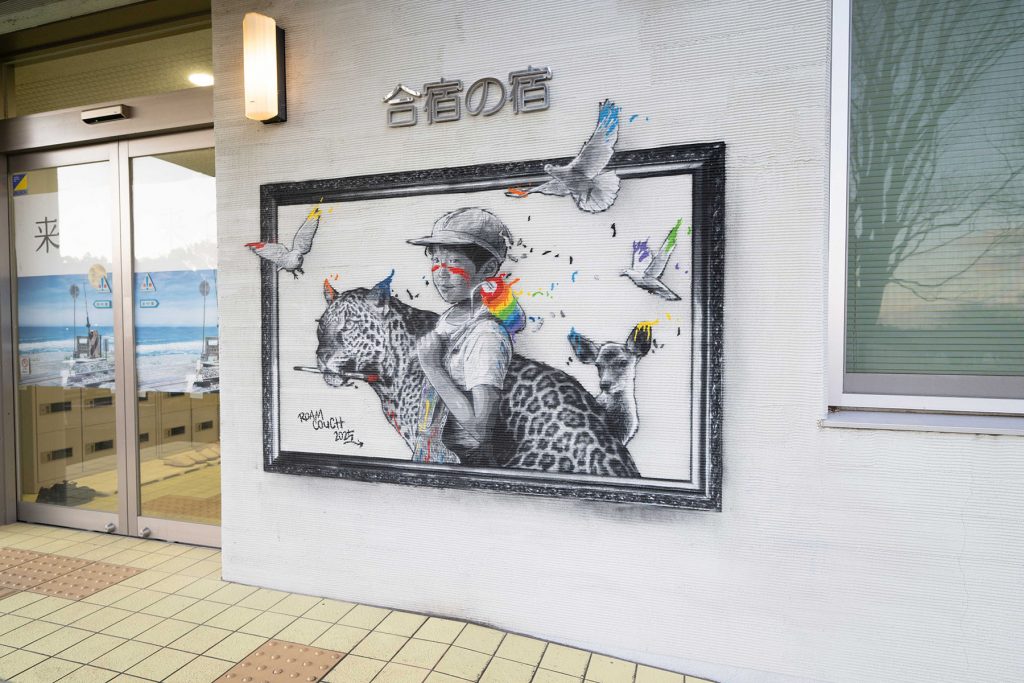
Another factor that fueled the fair’s creative energy was the shared accommodation. Except for two artists—Takuya Ishikawa and Aruho Natsuki, who stayed with their dog—every artist and staff member stayed together at Hatago Inn Fukushima Hirono.
Hatago Inn holds special meaning for me. Seitaro Design created its branding concept, inspired by the idea of a traditional inn—a place where travelers meet, share stories, and form connections before continuing their journeys. During the fair, this vision came alive. On opening night, I got so caught up in an impassioned conversation with artist Ochiro that I ended up with a massive hangover the next day. Worth it? Absolutely!
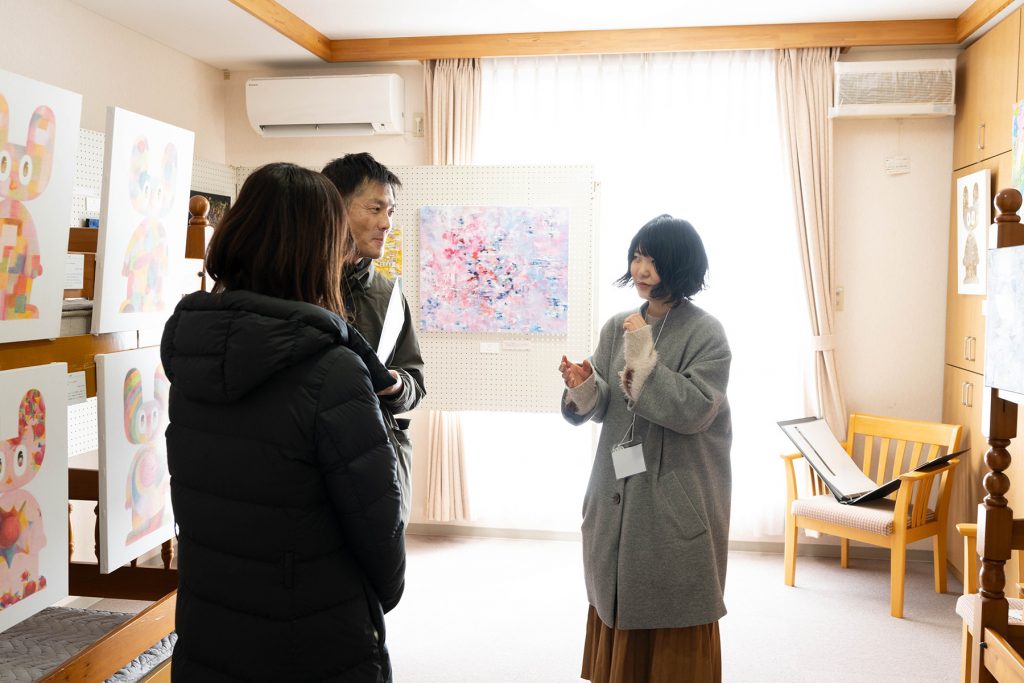
As the fair closed, the art club students from Futaba Future School, who served as judges, asked with shining eyes, “We’re doing this again next year, right?” Many participating artists are already dreaming up ideas for the next edition. Several even reached out afterward with heartfelt messages of gratitude.
So, can we make it happen again? I sure hope so.
Thanks to the Ministry’s support, we’ll likely break even financially. But more importantly, the connections, memories, and artistic energy generated by Yohaku Art Fair Fukushima Hirono are priceless.
Thank you for following along on this journey. Stay tuned because there’s more art ahead!
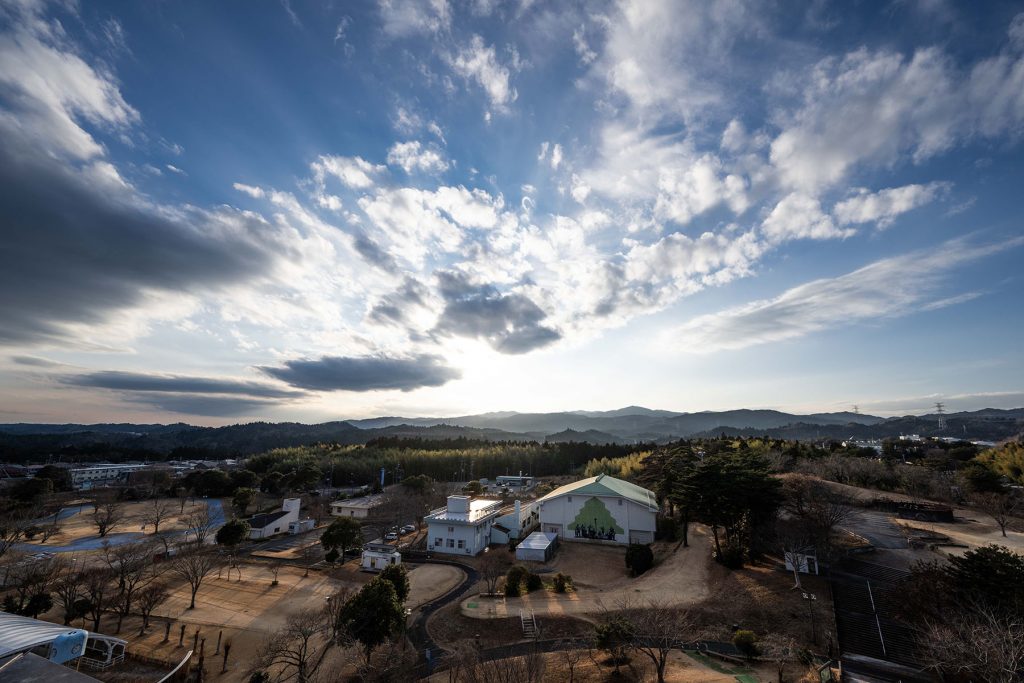
In March, I’ll be participating in a group show at the Czong Institute for Contemporary Art (CICA) near Seoul, founded by Korean contemporary artist Kim Chong-Ho. The exhibition, “Art Is 2025 – Part 2,” runs from March 12 to 30. You can learn more here: CICA Museum.
More exhibitions are on the horizon, so I’ll keep you posted as they’re officially announced. Stay connected!
LETTER FOR YOU
To receive news on upcoming exhibitions and artworks.
Please subscribe to our newsletter.